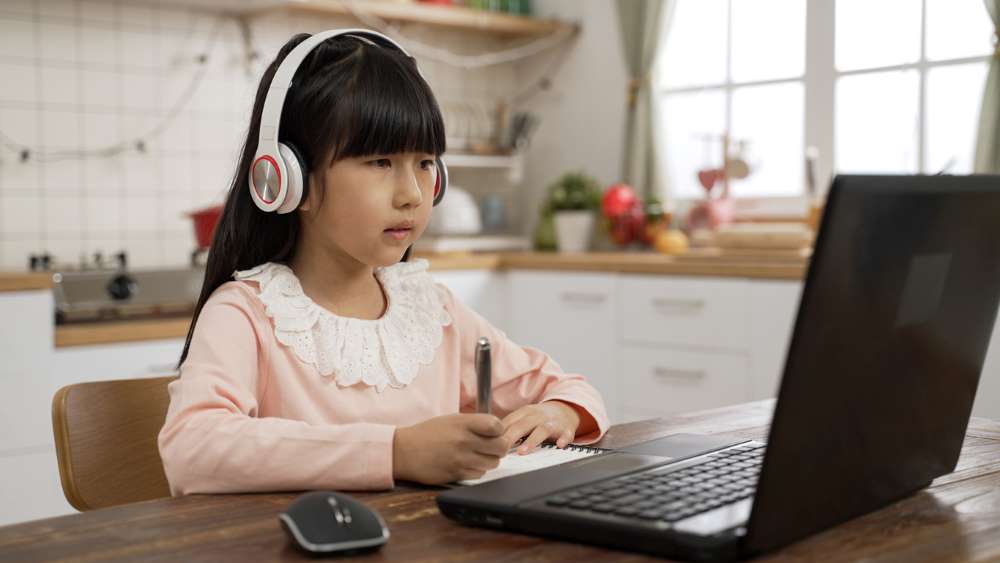
Since the onset of the COVID-19 pandemic, few aspects of daily living have remained unchanged. As schools, businesses, and workplaces began to shut down and encourage remote working, adults and children alike had to adjust their routines to accommodate social distancing requirements and abide by local health guidelines. Perhaps the most disruptive adjustment included the demand for families to accommodate school closures and make the leap towards at-home learning.
If your child’s classroom has moved into your living room, check out these tips for setting up a successful online learning space for your kids.
Provide educational resources
Since the average teacher adorns their classroom with words of encouragement, educational charts and reference posters, maps, and more, your child may feel out of place when trying to learn in a bedroom or dining room. If your student misses regular learning reminders like times table charts, grammar references, or artistic displays, consider introducing the aids into their remote learning environment. Purchasing reference sheets and educational posters from providers like Sproutbrite can help students feel more “at school” as they look around for familiar education aids.
Offer your child a personal learning space
When school is in session, children enter a space that their school has designated for learning each day. From their classroom to their desk or table, their environment sets the tone for a day of learning. While you won’t need to replicate their in-school setup, offering your child their own workspace space will help them to remain focused on their work.
Consider providing your child with a desk that they don’t share with siblings or family members or designating a particular learning corner in a comfortable room. Keeping their learning space consistent and personalized will help your little learner excel online.
Reduce distractions
From dogs barking and parents taking phone calls to siblings wrestling and televisions blaring, most family homes are typically far from silent. If you have more than one child trying to learn in the house, consider giving each student a space where they won’t be interrupted or distracted by one another. Additionally, do your best to eliminate background noise like music and television so that the teacher isn’t competing for the child’s attention during instruction.
Its share of hiccups will accompany the switch to virtual schooling, and parents can’t always accommodate every need. Still, doing your best to provide an optimal learning environment during a tricky transition period will help your child be the apple of their teacher’s eye.
Seek your child’s input
While books, articles, and other parents may offer helpful advice as you navigate the transition to virtual learning, your child is likely the resource that will provide the most valuable insight. Take the time to speak with your student about how you can help them remain successful in their online learning endeavors.
Since all children have a unique learning style, your student may be able to offer unique insight into specific areas of support that you can offer them. Moreover, lending your child a listening ear and allowing them to air grievances regarding a challenging transition will help your little one feel validated and supported.
Before you hit the books
Adjusting to virtual schooling isn’t always easy for children or their parents. Luckily, you can help your child ace their transition with a bit of patience and some concentrated effort.



























